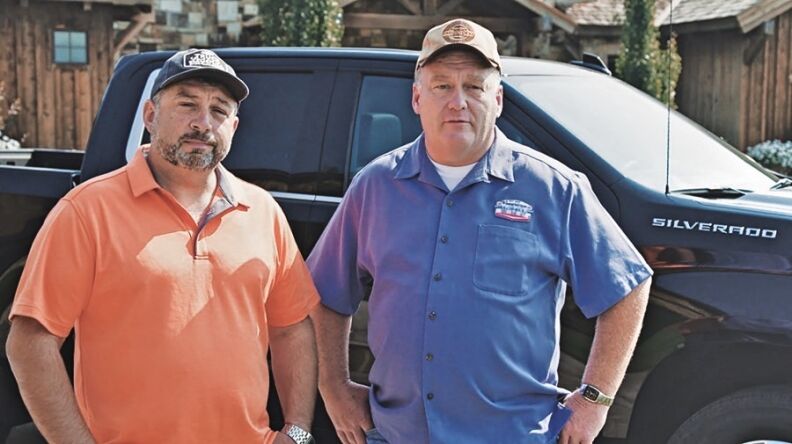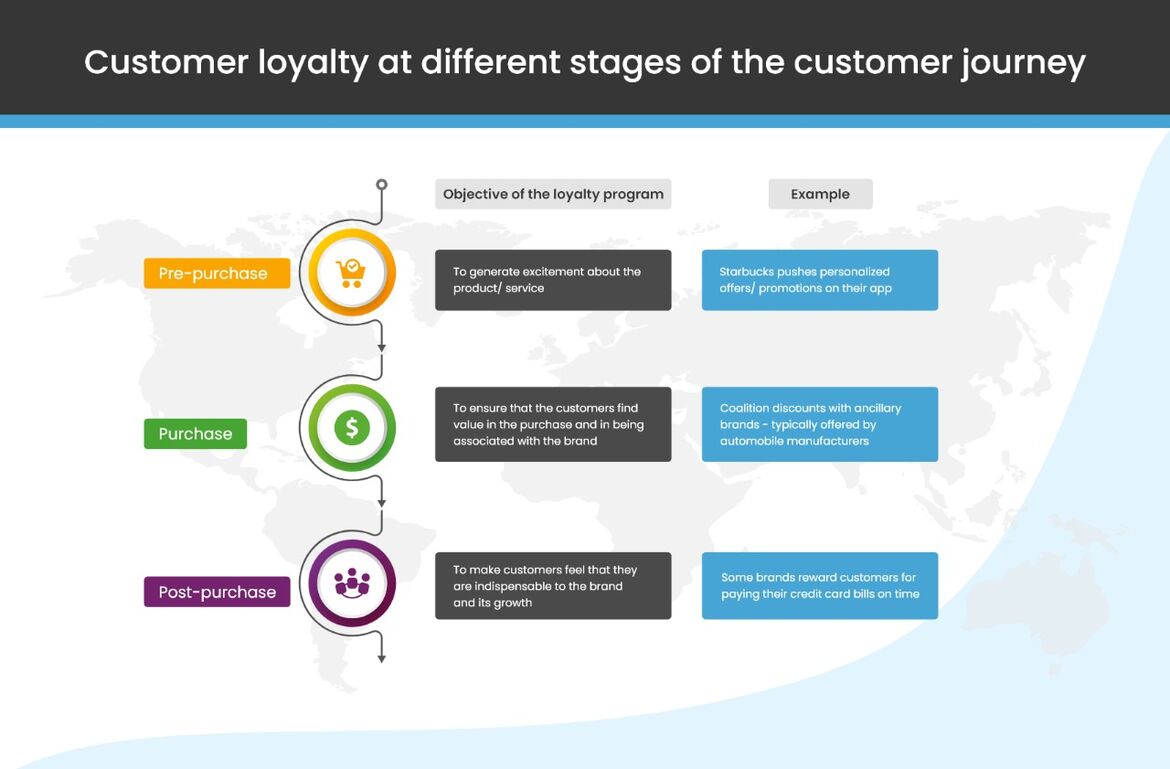Loyalty program innovation: Giving customers the power of choice
Think of the Starbucks addicts around you. They line up at the nearest Starbucks every morning to get their daily caffeine kick, scanning their phones for My Starbucks Rewards at the counter.
Despite the steep cost of a free drink – 31 regular coffees – the coffee addicts stay committed. In fact, a study found that the Starbucks app users were 5.6 times more likely to visit a Starbucks every day, and the reward program contributes to 40% of its total sales.
What’s the reason behind this stellar success? The answer is hidden in their customers’ engagement behaviors.
Starbucks has emerged as a customer loyalty front-runner because they employed a concept called behavioral loyalty – rewarding customers for their behaviors above and beyond their purchases. The vast majority of customer loyalty programs reward customers for their purchases but not in all the other ways that customers engage with a brand.
If you’re in the business of running your company’s loyalty program, this behavioral aspect can make all the difference between being a winner or a loser.
How can you move past a one-dimensional purchase-dependent loyalty program?
In the absence of a universal definition for loyalty, every company has assigned a dollar value to loyalty. This is what most programs boil down to: the more a customer spends, the more loyal they are.
Unfortunately, this oversimplification defeats the essence or purpose of loyalty, only giving credit to price-sensitive customers. This is one-dimensional loyalty.
However, if you look at customer behaviors during the entire customer journey, a plethora of options open up.
Pre-purchase behavior – encourage customers to join the brand’s communities and to learn more about the product or service
Starbucks’ loyalty customers can access the menu on the app and place their orders even before they physically get to the store. The pre-purchase stimuli kick into place when they order from personalized promotional offers. All they have to do once they reach is head to the counter and grab their order.
To add to this, if the loyalty app users play games on the app, they can earn bonus points. The brand is awarding time spent on the app, even when it does not directly lead to a sale.
Pre-purchase behavior can be as basic as inviting prospective customers to trial new products and services and to give feedback on the new offer. Customers can even be offered expedited delivery of their purchases, or their minimum purchase quantity might be waived off, simply because they participated in a pre-purchase promotion and shared their feedback.
GM leverages this very well: customers who join GM’s loyalty program are rewarded for enrolling in the program, which earns them 1000 points, and also on completing their profile on the first login – another 1000 points. These points can be redeemed towards a free service or even as an allowance of up to $500 towards a new car.
Ask yourself — do you reward customers when they are making an active effort to learn about your products or services? Do you reward them for going through your videos and Instagram handles, downloading a product handbook, or leafing through success stories?
Purchase behavior – to ensure that customers act on compelling offers and appreciate the opportunities that open up for them
Not very long ago, there was the Chevrolet’s Truck Legends program that featured real people and not actors. It featured loyal customers driving their trucks, and talking to other people who loved trucks on an all-expenses-paid trip by Chevy.






